Nurse Job Description Template Word
Are you looking for a comprehensive and customizable nurse job description template? Look no further than our Nurse Job Description Template Word product. This template is designed to help you create a clear and concise job description for your nursing staff, ensuring that everyone is on the same page when it comes to job responsibilities and expectations.
Our Nurse Job Description Template Word product includes a variety of sections that cover all aspects of the nursing role, including job summary, essential duties and responsibilities, qualifications, and physical demands. Each section is fully customizable, allowing you to tailor the job description to your specific needs and requirements.
With our Nurse Job Description Template Word product, you can save time and effort by starting with a pre-written template that covers all the essential elements of a nursing job description. You can easily edit and customize the template to fit your organization’s unique needs, ensuring that your nursing staff has a clear understanding of their roles and responsibilities.
Our Nurse Job Description Template Word product is perfect for healthcare organizations of all sizes, from small clinics to large hospitals. Whether you’re hiring new nursing staff or updating job descriptions for your current team, our template can help you create a clear and concise job description that sets expectations and ensures everyone is on the same page.
Don’t waste time creating a nursing job description from scratch. Order our Nurse Job Description Template Word product today and streamline your hiring and onboarding processes.
 NURSE SUMMARY OF FUNCTIONS
NURSE SUMMARY OF FUNCTIONS
The Nurse follows procedures based on education, knowledge, skill, and experience to help individuals, families, and groups maintain or achieve health and prevent disease.
NURSE ESSENTIAL DUTIES AND RESPONSIBILITIES
- Perform nursing assessments and patient triage, which may include the taking of patients’ temperature, pulse and blood pressure, administration of medication and injections, recording of symptoms and progress of patients on medical charts.
- Provide professional nursing care for patients in accordance with physician orders and established policies and procedures to include making recommendations for nursing care plans, establishing interpersonal relationships with patients, evaluating nursing care given and communicating to proper personnel relevant facts about patients, action taken and patient responses.
- Changes dressings, assists patients with personal care and prepares patients for medical office visits, as needed.
- Oversees the preparation of the examining rooms and the sterilization of instruments. Assists physicians during office procedures and coordinates the flow of patient cases.
- Maintains quality, safety, and/or infection control standards.
- Educates patients and/or families as to the nature of disease and provides instruction on proper care and treatment.
- Observe activities of nursing staff and make recommendations to head nurse for improvement in the quality and effectiveness of nursing care given.
- Assist in the development and implementation of general policies and procedures designed to effect efficiency of medical office operations.
ORGANIZATIONAL RELATIONSHIPS
Works under the direct supervision of the head nurse (charge nurse) and in collaboration with physicians, other nurses, nurse assistants, and other health care workers.
NURSE QUALIFICATIONS
A bachelor of science degree in nursing is required, as is current state Registered Nurse (RN) licensing. Continuing education in the nursing field is essential. Must have excellent communications skills and the ability to work well with patients and their families, as well as other health care professionals.
NURSE PHYSICAL DEMANDS
Ability to communicate orally with patients, management and other co-workers is crucial. Regular use of the telephone is important. Standing, walking or sitting for extended periods are common. Hearing and vision within normal ranges is helpful for normal conversations, to receive ordinary information and to prepare or inspect documents.
Some heavy lifting is expected. Exertion of up to 50 lbs. of force occasionally may be required to turn or move patients. Must have good manual dexterity for the use of common office and most medical equipment (e.g., computers, heart monitors, blood pressure machines, catheters, needles, cannulas).
Good reasoning ability is required to solve a wide range of medical and emergency problems. Able to apply algebra and other analytics as required. Able to maintain emotional stability to cope with human suffering, emergencies, and other stresses. Able to understand and utilize management reports, medical charts and other documents to conduct business. Ability to work rotating shifts.
WORK ENVIRONMENT
The job is performed indoors in a traditional medical office or hospital setting. Exposure to loud noises, unpleasant odors, and liquids, as well as potentially dangerous materials and situations that require the exercise of extensive safety precautions, is common. Protective safety equipment (e.g., clothing, shoes, gloves, masks, safety goggles) is commonly needed. Activities include extended periods of standing, walking or sitting and extensive work with measuring devices and medical machinery.


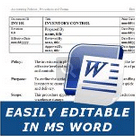
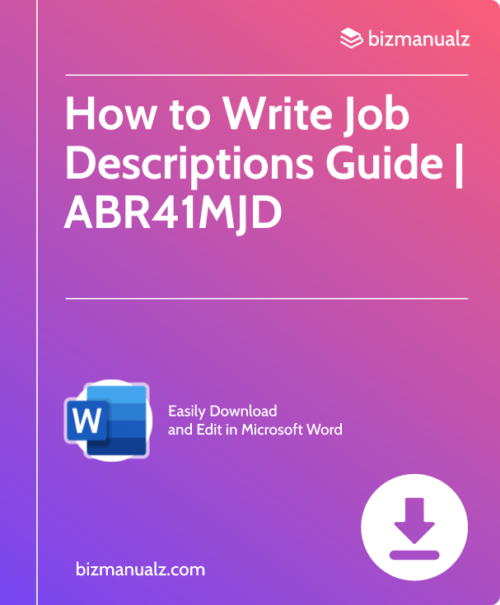
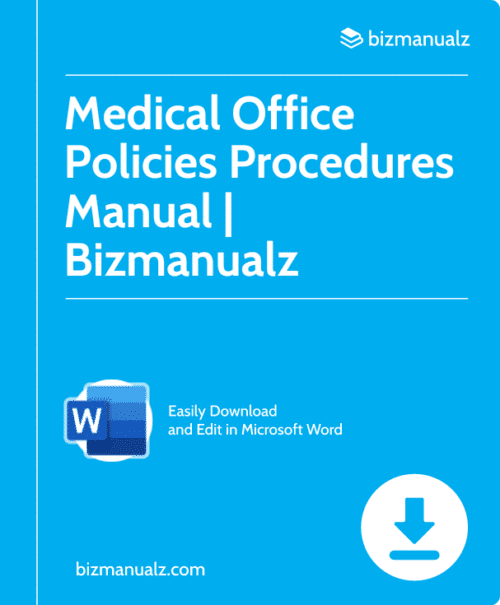




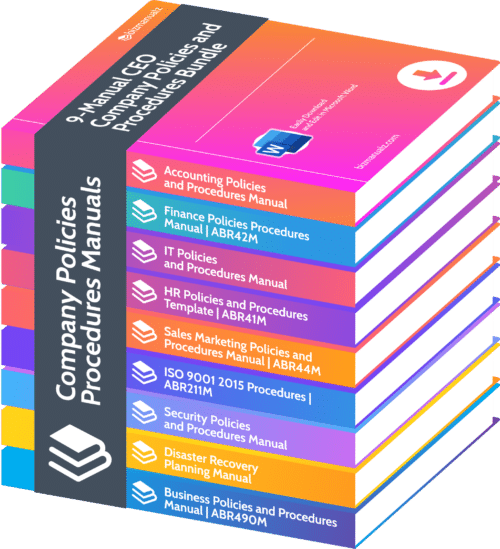
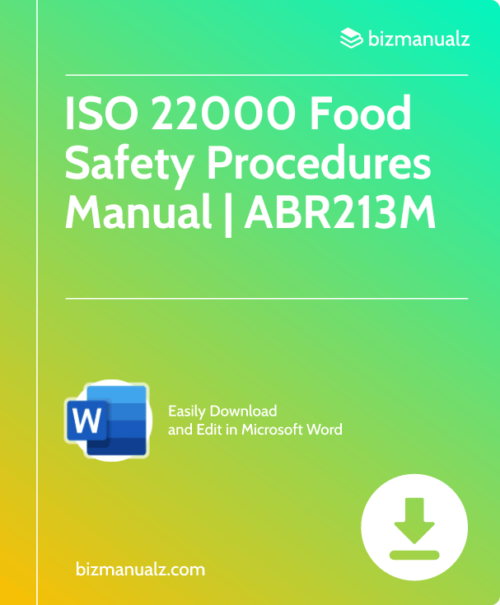

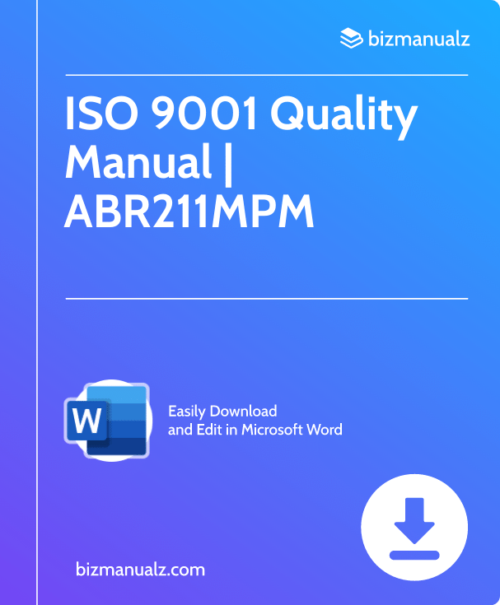
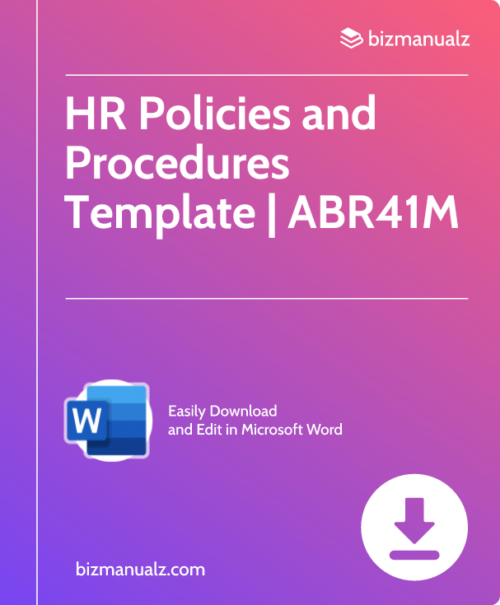
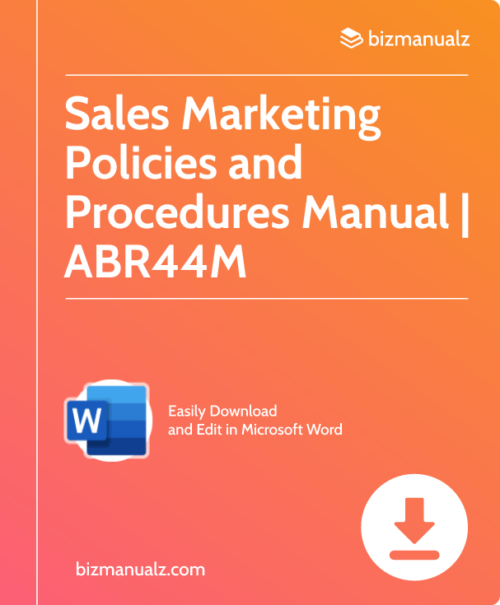
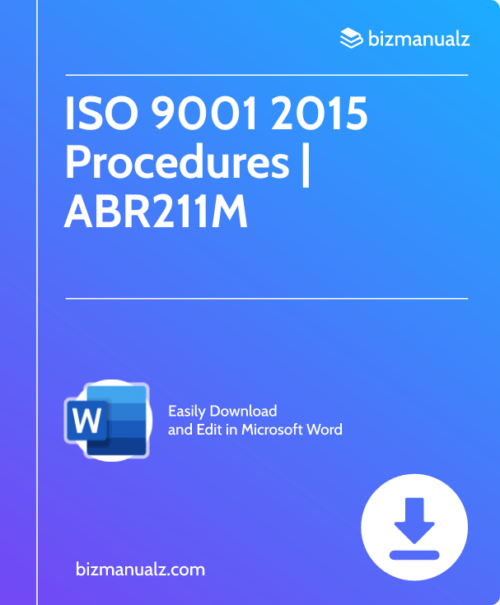


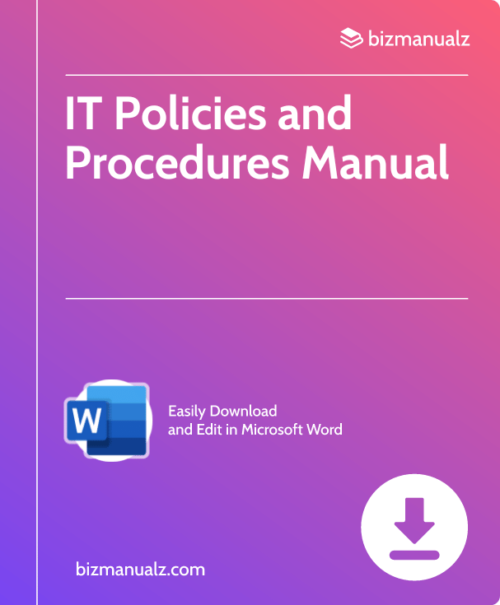
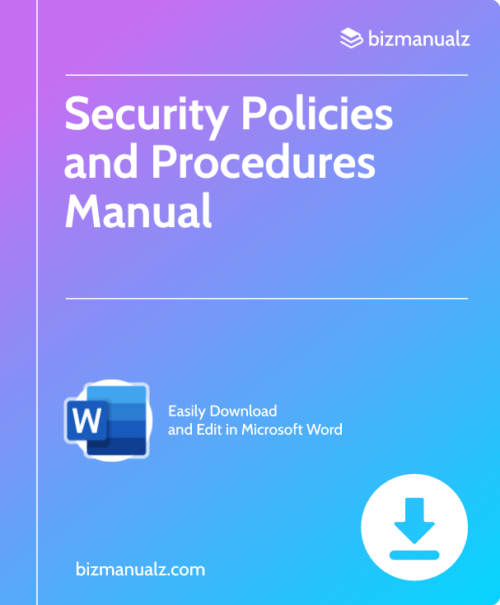
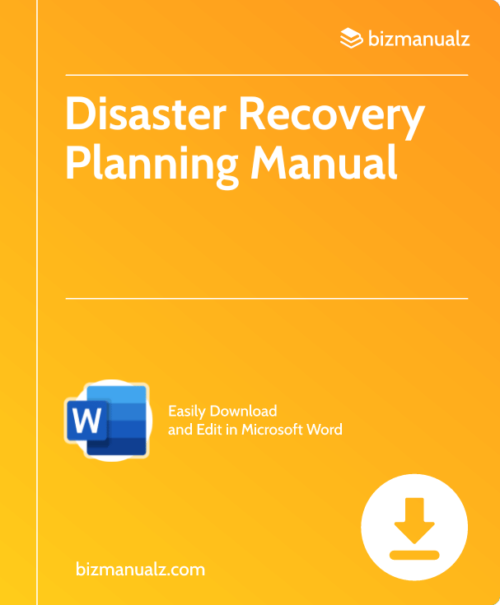
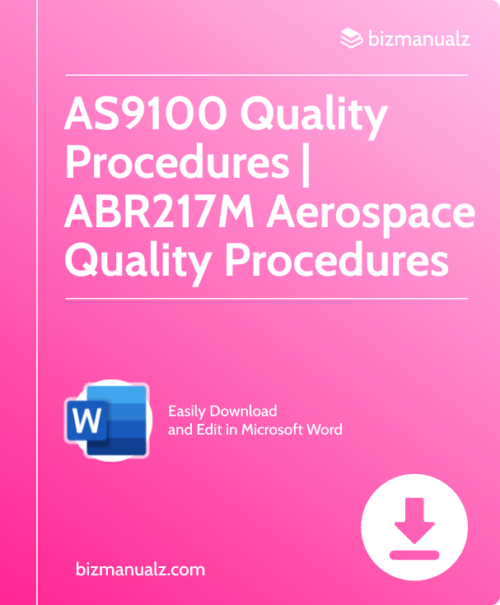
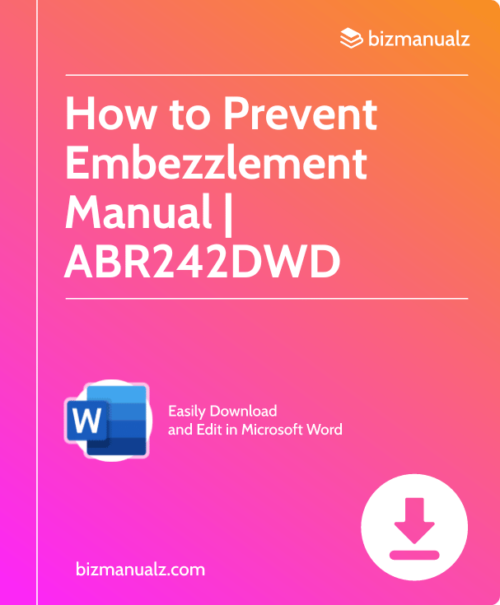
Reviews
There are no reviews yet.